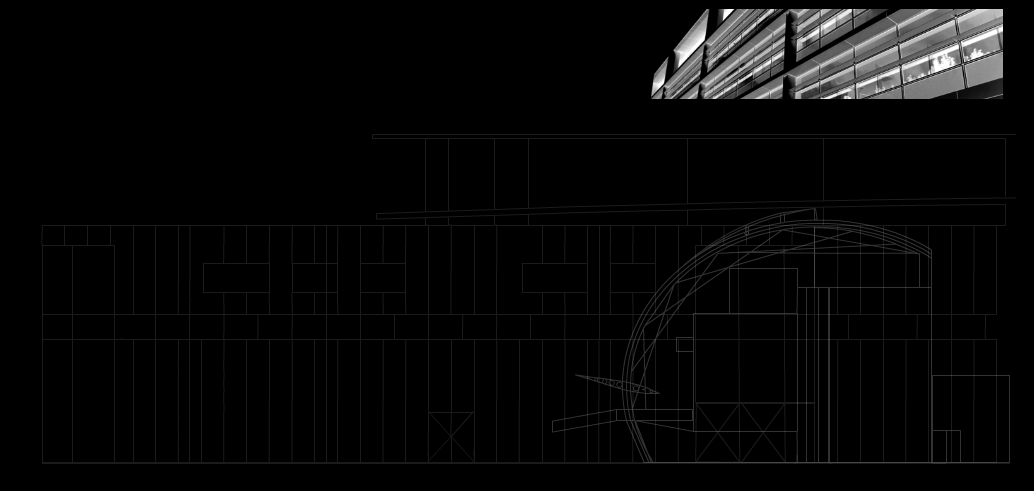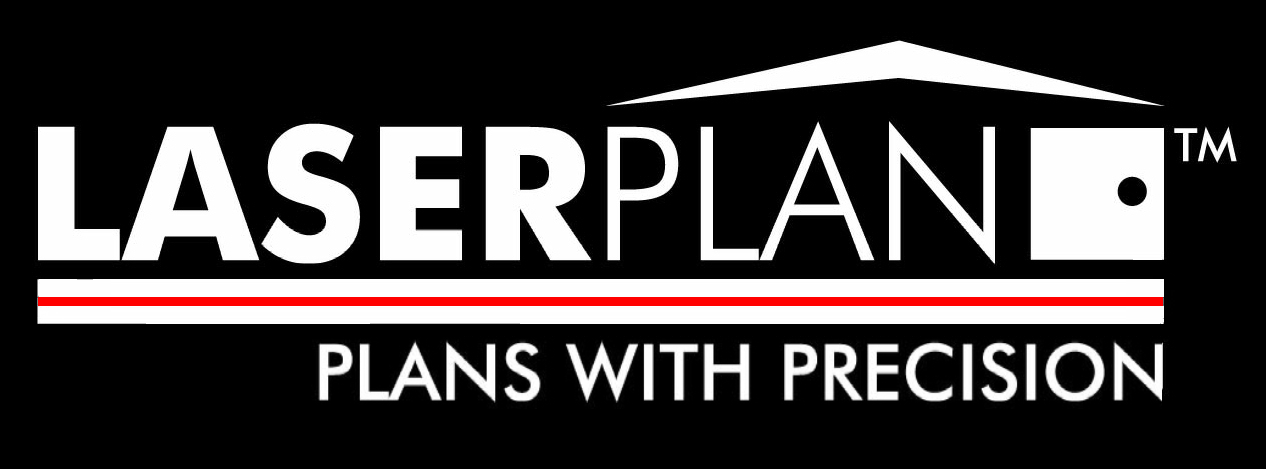|
|









Ever wondered how laser measurement works?
Maybe you know that if you see lightning and start counting the seconds, then divide by 5, you know how many miles away the storm is. This measuring principle, which is also used by laser devices, is known as the "running time procedure".
Of course the speed of light is much greater than that of sound, and the times involved are very short. Short distances of just a few metres cannot therefore be measured with any real accuracy in this way.
Laser measurement therefore operates on the "phase-shift" principle, and is especially accurate over short distances. Consider a wave on a lake, for example, measured from crest to crest. If the wave hits a wall, a new wave reflects back into the lake. A comparison of the crests of the incoming and outgoing waves illustrates the phase-shift principle.
A laser beam is used to emit various different waves simultaneously. With a frequency of 200 million waves it is possible to be extremely accurate, with lower frequencies determining the larger fractions and the higher frequencies measuring the smallest fractions.
Since the crests of a laser wave are, unlike water waves, invisible to the naked eye, we need some technological trickery. The difference between the incoming and outgoing waves of light (i.e. the phase shift) is therefore measured by means of sophisticated electronics, allowing the distance to be determined to the nearest millimetre.
